Frameless cabinets or as they are sometimes referred to as Euro cabinets, as shown in Figure 1, are quite common in kitchen cabinet construction and bathroom vanities. There is a subtle difference in the installation of frameless cabinets verses framed cabinets.
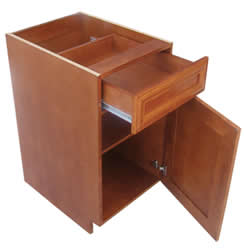
Figure 1 - Frameless kitchen base cabinet
The primary installation difference is the need for a filler strip between end cabinets and walls or right angle cabinets. This is created because the door on a frameless cabinet is designed to open in line with the inside wall of the cabinet box. It does not matter what style of hinges are used as the situation is the same for both Euro style hinges as shown in Figure 2, or standard cabinet door hinges. One of the many selling features of frameless cabinets is that you get complete and unobstructed access to the inside of the cabinet box.
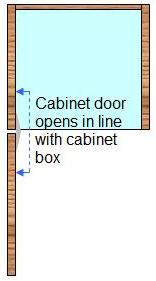
Figure 2 - Frameless cabinet - door open
As well, consideration has to be given to door pulls or knobs. The use of a frameless cabinet, without a filler strip between the cabinet and a wall or cabinet and adjacent cabinets can create marks and indents where the door pull or knob comes in contact with the wall or adjacent cabinet, when the door is opened, as shown in Figure 3.
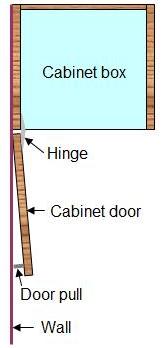
Figure 3 - Frameless cabinet - door open against wall
One of the advantages of frameless cabinets is the ease of installing slide out drawers and baskets in base cabinets. However, in order for the drawers to slide all the way out of the cabinet they must clear the doors, as shown in Figure 4.
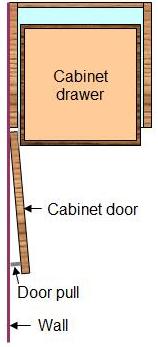
Figure 4 - Frameless cabinet - door open against wall, stops drawer from opening
Adding a filler strip between the cabinet box and the wall allows the cabinet door to fully open without damaging walls or adjacent cabinets.
The filler strip should be a minimum of 1 1/2 inches wide, 2 inches is even better. The filler strip is necessary where cabinets butt up against walls, as shown in Figure 5 or are at right angles to other cabinets, as shown in Figure 6.
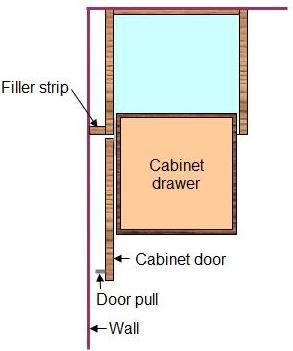
Figure 5 - Frameless cabinet - filler strip installed against wall
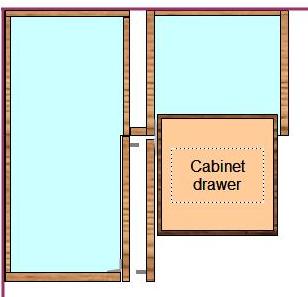
Figure 6 - Frameless cabinet - filler strip installed between cabinets
Additional information on frameless cabinets.
